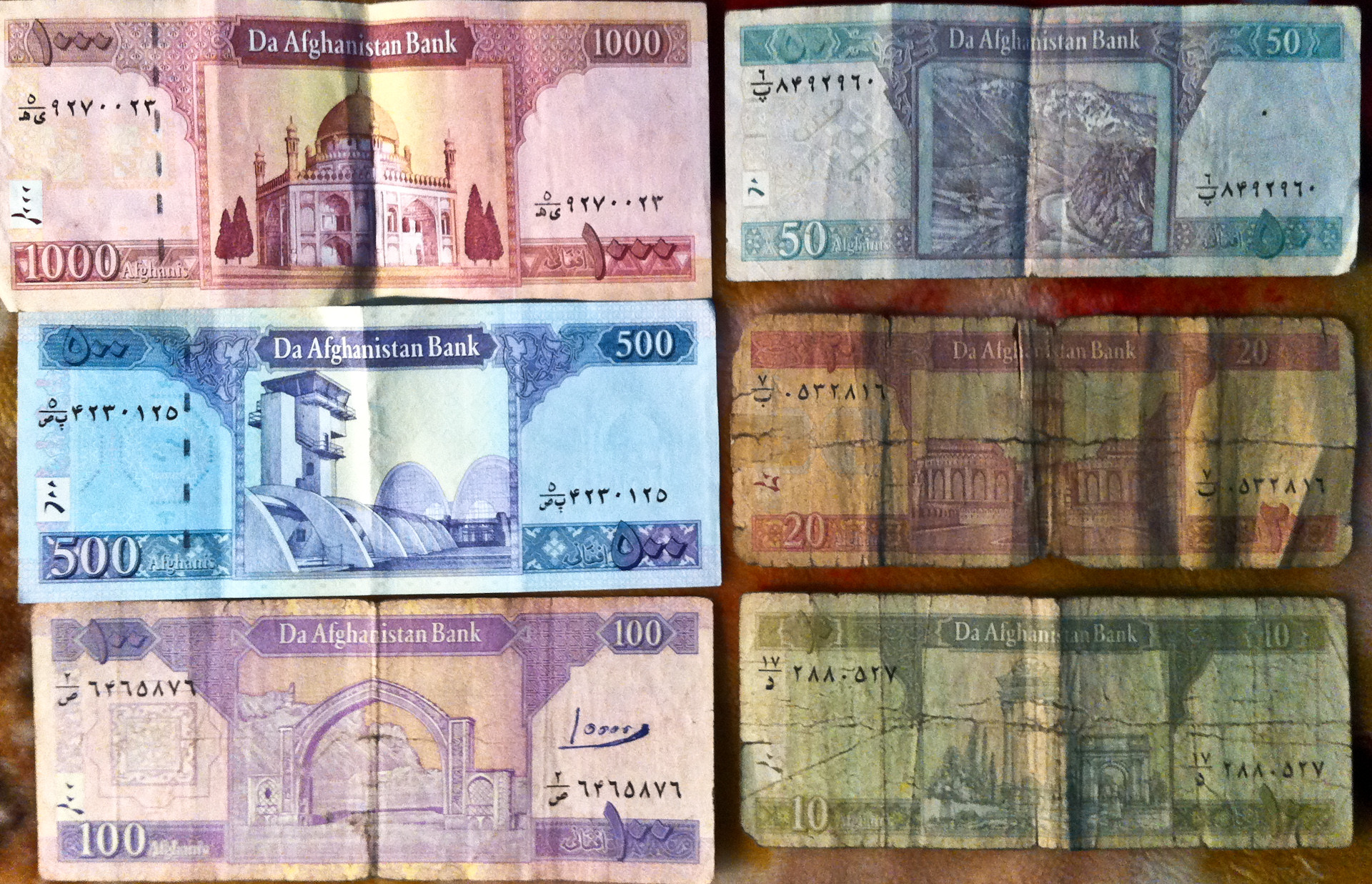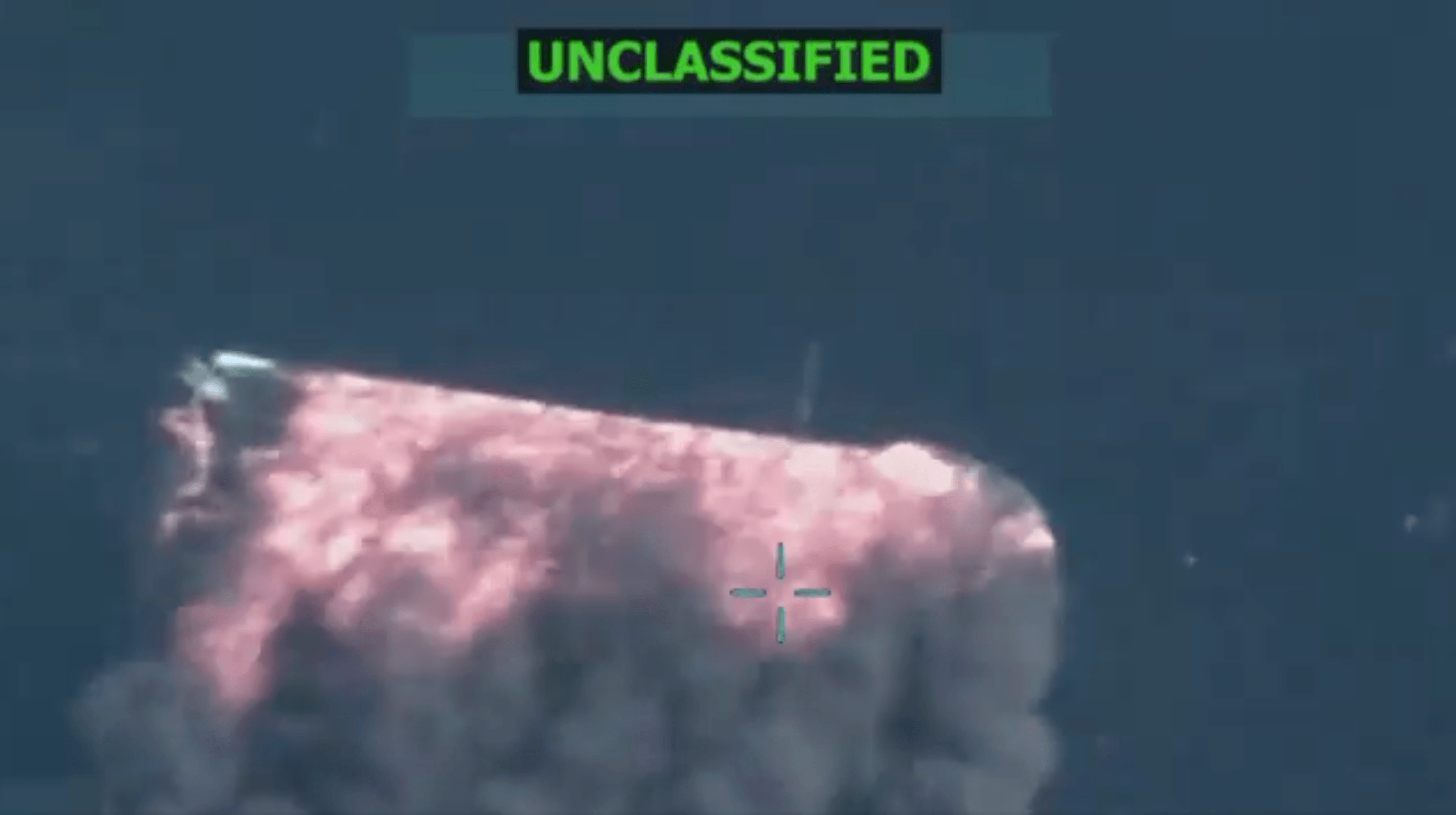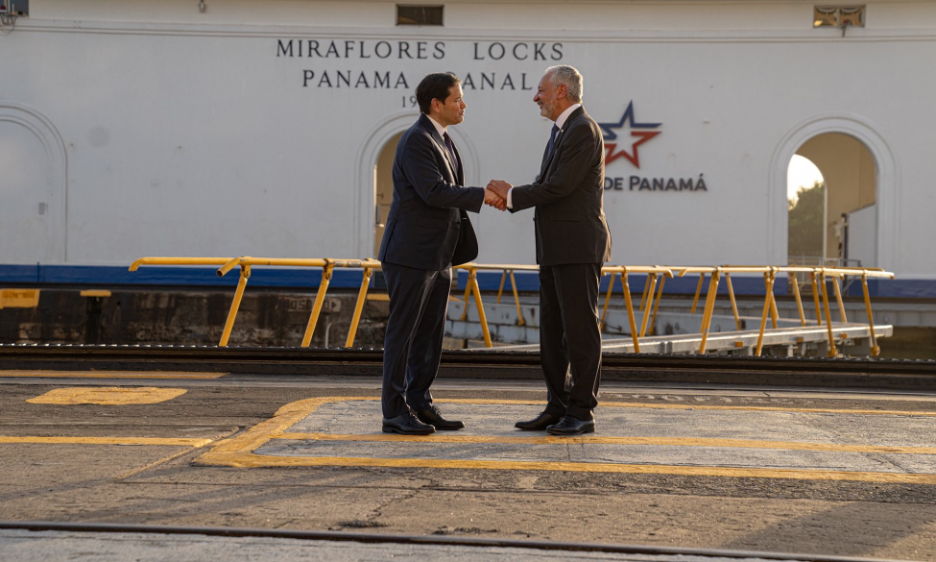The Challenges of Understanding Taliban Finance
Getting a clearer sense of the Taliban’s finances will help develop a more nuanced and balanced picture of the group.

Published by The Lawfare Institute
in Cooperation With

Last week, the Taliban effectively took control of most of Afghanistan. This has naturally led to questions about how the group managed to do it—and about how they were funded. Researchers do have a high-level understanding of how the Taliban raise funds, but much less is known about how the group uses, moves, stores, manages and obscures its funds. Even public understanding of Taliban revenues suffers from lack of precision.
The lack of precise knowledge on these fronts prevents the international community from developing effective policy responses and levers to the Taliban’s takeover of Afghanistan, and can lead to politicized and inflated estimates of their financial prowess. As the Taliban shift from a non-state actor to a state-based one, the group takes on greater expenses in terms of salary, territorial control and state administration. Understanding all aspects of the Taliban’s financial situation allows for greater nuance in developing policy responses to the group, particularly in terms of understanding the utility of sanctions and financial exclusion, which may be needed in order to incentivize regional actors to cooperate and adhere to global norms, and how sometimes adversarial actors such as Russia, China and Pakistan can be important allies (or spoilers). Triangulating different approaches to estimating the Taliban’s revenue streams (and associated expenses), understanding their storage and management of funds, and identifying fund movement methods will help develop a more nuanced (and balanced) picture of the Taliban’s financial health—and associated vulnerabilities.
What the Research Community Thinks It Knows About Taliban Finance
Traditional analyses of the Taliban’s finances have focused primarily on how the group raises money. These methods can be broadly categorized into taxation and extortion activities, state sponsorship, donations from wealthy individuals, kidnapping for ransom, and, of course, the drug trade. A closer look at these funding sources reveals a host of diverse activities that vary by region within Afghanistan.
The Taliban tax and extort basically all the economic activity within their area of control. This includes collecting customs revenues at border crossings, road taxes, and control or taxation of natural and farmed resources. The opium trade is a particularly lucrative source of funds, and reports suggest that the Taliban’s involvement varies significantly, from one of simple taxation to using fighters to harvest poppies to demanding protection money from opium traffickers. The Taliban are also believed to provide security for processing labs and for shipments of chemicals required to make heroin, a form of vertical integration. All of these funding sources amount to a significant revenue stream for the group—one that has clearly enabled them to mount and equip an effective fighting force.
But the Taliban also have extensive costs they have to float, something that is sometimes omitted from analyses of the group’s finances. Here, it is critical to remember that revenue does not equal profit, and the more the group expands, the greater its expenses become. The Taliban pay salaries to their fighters and their leaders, the latter of which is likely a significant line item, as most terrorist leaders demand (or at least aspire to) great personal wealth. Even a monthly fighter salary of $150 for 3,000 fighters would amount to $450,000 per month in total wages to fighters on the payroll and more than $5 million per year, with leadership earning significantly higher sums. The group also needs to pay for ammunition, weapons, and defection and corruption fees to opposing fighters and leaders. Now, the Taliban will also have to pay for all the institutions of the Afghan state and may not be able to rely on international aid or reserves to supplement their budgets. This cursory look at the costs that the Taliban have and will incur as they seek to solidify control of the Afghan state is an important part of the analysis of the Taliban’s finances. What looks to be a large surplus today may quickly be drawn down to bare subsistence in the near future.
There has also been little attention paid to how the Taliban move, store, manage and obscure their money. The Afghan economy is largely cash based, but if the Taliban are turning profits in the hundreds of millions of dollars every year, that money needs to be stored somewhere. If the group stores it in cash storage sites, this presents an interesting counterterrorism financing opportunity, as the Islamic State learned in Iraq. The Islamic State’s cash storage sites were a popular target for coalition air strikes, which destroyed millions of dollars worth of cash. More likely, however, is that the Taliban have established a network of bank accounts, shell companies, and trusted insiders to store, invest, and manage the bulk of their profits, most likely in Pakistan but perhaps in other neighboring countries as well. These activities require the use of professional money laundering networks and have internationalized Taliban finance. Taliban money, which was once largely contained within Afghanistan and neighboring countries, now exists within a decentralized network of accounts, shell companies, and cash storage sites in many different countries, including international finance hubs such as Dubai.
Estimating Terrorist Budgets
Unclassified (and sometimes classified) assessments of Taliban finance are often high-level, strategic assessments of the group’s overall finances, and tend to have large (perhaps politicized) numbers attached to them. Some of these assessments conflate revenues with profits (where they should be deducting expenses), and few are adjusted for inflation. A cursory glance through media and think tank reporting on the issue also reveals instances of what may be circular reporting—in which reports refer to the same unverified statistics and then refer to other reports that do the same. All of this leads to questions about the validity of the understanding of the scope and scale of the Taliban’s financial status.
There are three main ways to estimate a terrorist group’s fundraising activities (and similar methods apply to other financing mechanisms like use of funds). The first is a top-down approach that uses estimates of gross domestic product in the area that the group controls to determine possible revenues or, alternatively, estimating illicit financial flows with an econometric gravity model. Both of these methods produce high-level estimates of the amount of funds that a terrorist group could generate.
The second approach involves bottom-up research that relies on ethnographic-style intelligence collection to observe and document economic activity in a terrorist group’s area of control. This may involve determining what hawalas (a system of money transfer that operates largely outside of Western banking practices based on trust and business relationships) are frequented by local actors to remit money back to the main organization, identifying the frequency and amount of taxes imposed, determining the going rate for protection fees, and much more. This approach produces highly localized and detailed estimates of terrorist fundraising capabilities, but it is difficult to do at scale and does not generalize well to other regions under the same group’s control where the same methodological approach has not been undertaken.
Finally, the third approach relies on the collection of financial information from the terrorist group itself. This can include transaction reports, fighter salary documentation and financial ledgers. It can also include abandoned paperwork, captured and debriefed financial committee members or electronic equipment, and sometimes pocket litter. This type of collection can be highly fragmented and dependent on access, and is also difficult to extrapolate and validate without well-developed sources. It can be collected in a variety of ways, most commonly through human sources and signals intelligence.
Complicating matters is the nature of the Afghan economy. Despite nearly 20 years of international aid and development, the Afghan economy remains primarily cash based. And from a financial intelligence perspective, cash is a black hole. Forget Bitcoin. If you want real privacy and to avoid surveillance, you can’t do any better than cash.
Absent direct intelligence or the ability to estimate funding using the methods outlined above, researchers and analysts can also look at indirect indicators of financial health. Things like lack of weapons and ammunition, complaints about late payment of salary, lack of food and other forms of subsistence could all point to financing problems—in terms of either the group’s fundraising or its ability to distribute and manage that money effectively.
All of these approaches produce very different results. The top-down approach often results in highly generalized estimates of a group’s funding (like, for instance, reports that the Taliban generate $400 million in revenues from the opium trade). The bottom-up approach often results in specific, localized results, while intelligence reporting often provides reliable, verified numbers but on an ad hoc basis. Ideally, good estimates of Taliban finances will triangulate using these different methods and be regularly reassessed as geographic control and economic conditions shift.
For all of these methods, how much territory a group actually controls matters greatly. In Afghanistan, the resources available to tax or exploit shift with that territory. In some regions, poppy crops generate a significant source of funds, but in others, border and customs taxes generate more funds, while in still others, control and exploitation of natural resources is the main source of funds. For the Taliban, consolidating and maintaining control of territory will be critical to keeping their budget in the black. State sponsors such as Russia and Pakistan may lend a hand and help stabilize the Taliban’s budgets, but this could open up these countries to new or further sanctions, which in turn may reduce the amount of money they have to support the group. All things considered, despite estimates of sizable revenues for the Taliban, the group may quickly find itself in need of external support.
Why (Accurate) Financial Estimates Matter
Money has a direct relationship to a terrorist group’s (or, as is now the case, a state actor’s) ability to govern, control territory, and conduct operations. Without funding sources and properly managed budgets, both state and non-state actors can find themselves facing food, ammunition, fighter and logistical shortages. To a certain extent, the actual numbers don’t matter as much as the overall picture. But a nuanced understanding of how a group raises, uses, moves, stores, manages, and obscures its funds can help develop that picture and also present opportunities for counterterrorist financing.
Understanding how the Taliban finance themselves now that the group is a state actor is critical to countering the group’s financing and limiting its ability to act—including by supporting and providing safe haven to other terrorist groups. Maintaining financial levers by identifying and targeting cash storage sites, the group’s investments both in and outside of Afghanistan, the personal wealth of the Taliban’s leadership, and fund movement mechanisms creates policy options for the international community to shape the Taliban’s ability to govern, support terrorist groups and interact in the international economy.





